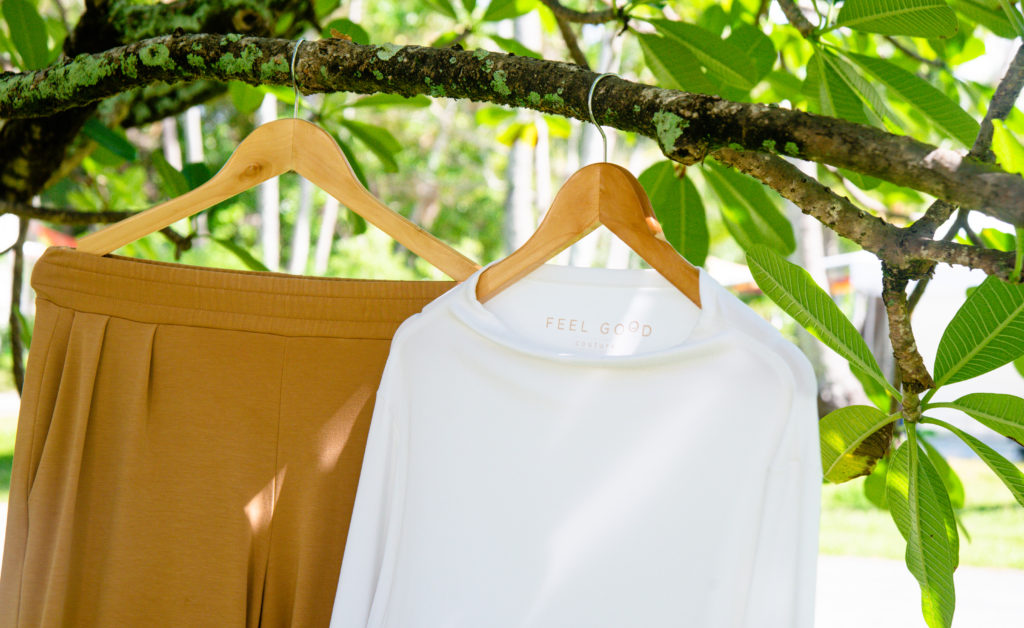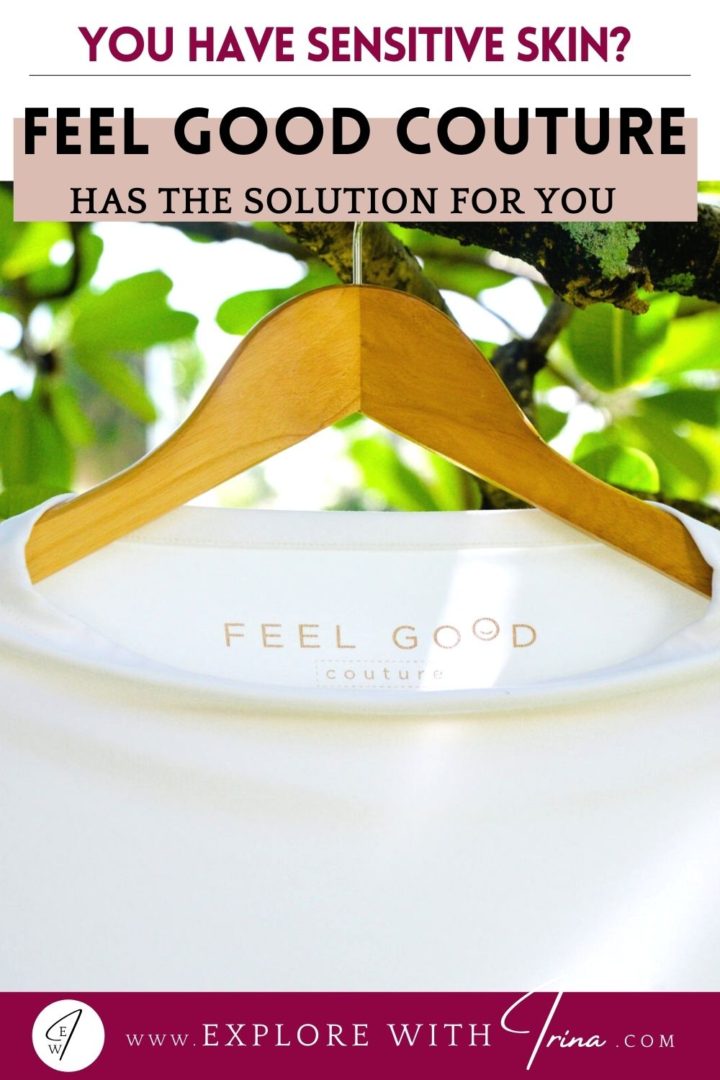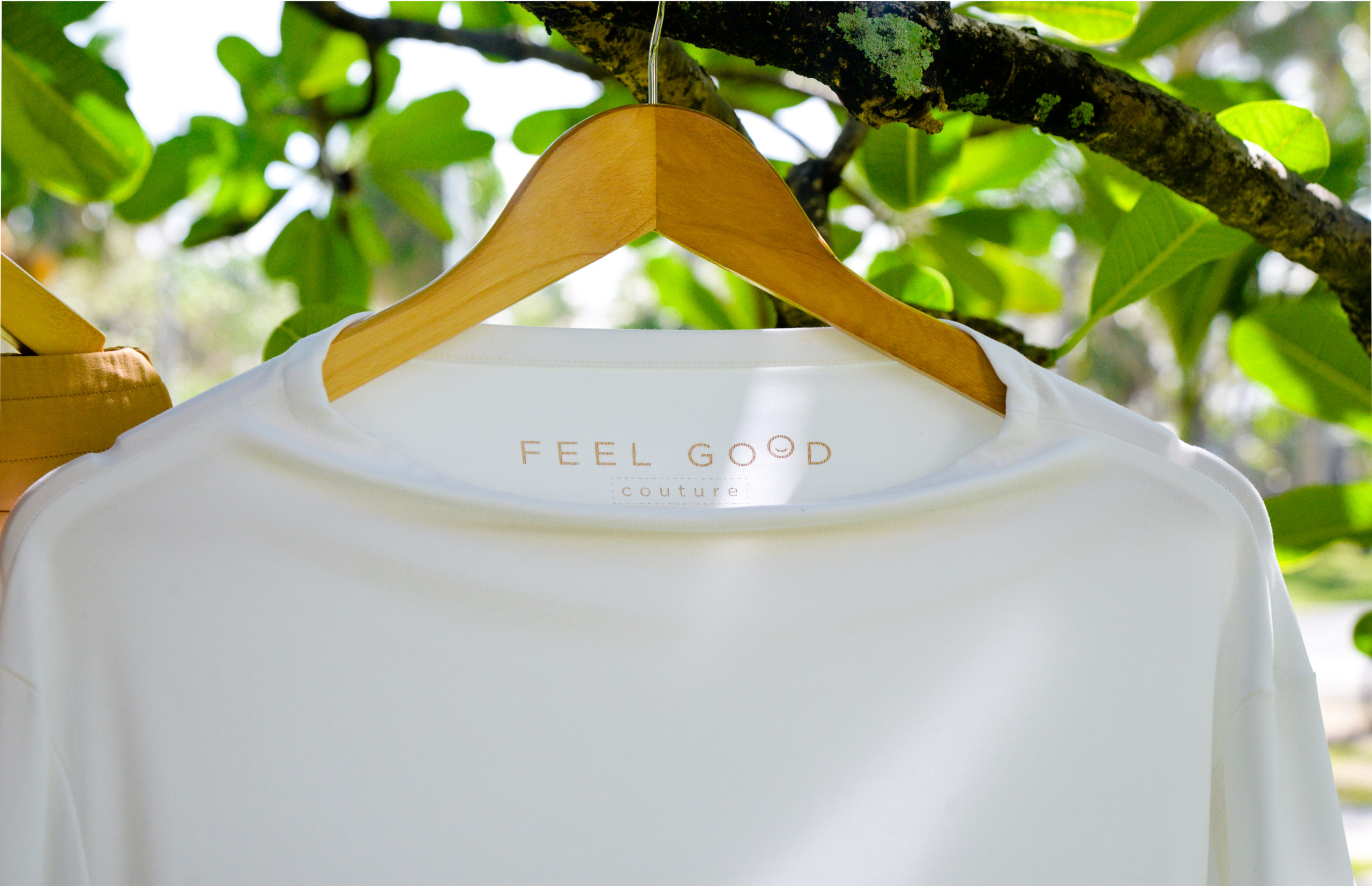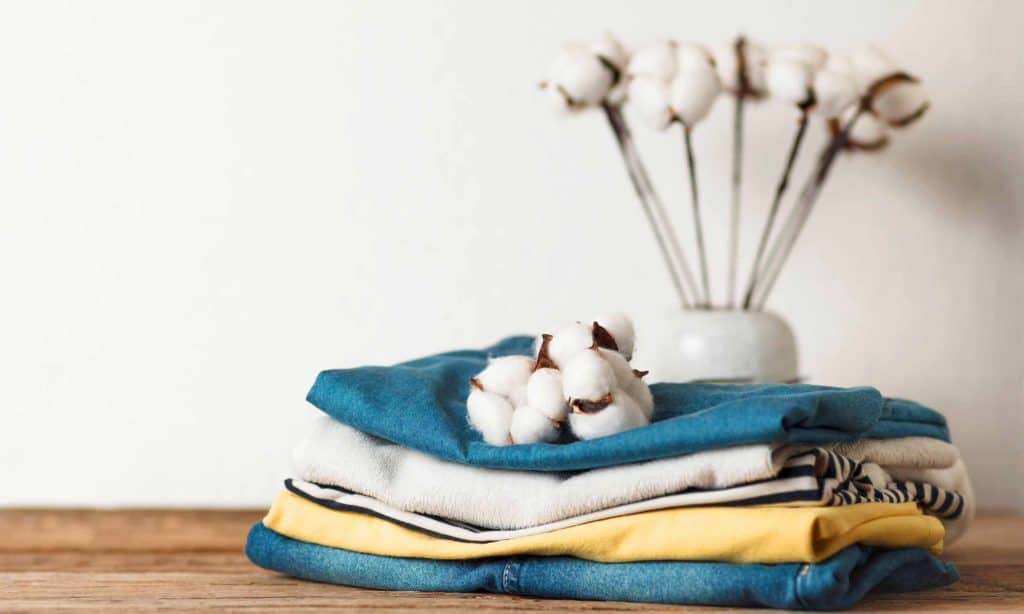The truth about Toxic Clothing, learn to recognize and avoid potentially dangerous clothes.
It happens to everybody once in a while. A sweater can make you itch, pants cause rush and irritation, and even underwear may sometimes cause severe discomfort.
We tend to blame such symptoms on hot weather, skin sensitivity, or just the wrong cut of certain clothes. However, rush, irritation, itching, and burning sensation are not just some kind of temporary discomfort. Those are symptoms of pretty serious health conditions that are often caused simply by the clothes we wear.
Toxic clothing is not another fancy term. It is the reality that becomes more and more vicious with the development of massive consumption, fast fashion, and other industry trends.
It is a perfect co-existence of the modern consumers` society and manufacturers. The more we have, the more we want. The faster and cheaper various brands produce clothes, the bigger is their profits. Eventually, manufacturers constantly look for ways to cut angles, save money on materials, dies and workforce to offer us more clothes at the lower process.
However, we often pay for our clothes with something much more precious than money – our health. Textile dermatitis, also known as a form of contact dermatitis, eczema, exacerbating psoriasis, and numerous other dermatological diseases and complications, is only the tip of the iceberg. Recent research managed to link toxic textiles even to cases of skin cancer, which appear more and more often today.
Continue reading, and you will learn how to distinguish toxic textile, recognize its effect on your health and eliminate this threat from your everyday life.
How can clothes be toxic?
People mostly think about hazardous chemicals getting inside their bodies “naturally” – through food or air pollution. We all know the benefits of organic food free from GMO and chemical taste enhancers. Everyone is aware of air and water pollution and prefers to live as far as possible from industrial areas and highways.
However, in all our attempts to protect ourselves from chemicals and pollution, we often forget that the biggest organ of our body, our skin, may get in contact with hazardous toxins every day, and we won’t even know about it.
Our wardrobe may be as toxic and hazardous for our health as if we chose to eat only processed fast-food products and build our houses around poisonous landfills.
There are two ways we introduce toxic textile into our lives:
- Synthetics such as polyester, rayon, nylon, spandex, etc.;
- Chemicals in textile.
Let’s take a closer look at those attributes of toxic textile to understand and how to avoid them.
Synthetic fibers
Let’s make it clear from the very beginning: the range of synthetic fibers is pervasive.
Technically, as soon as the manufacture of a fiber involves any human-made chemical reaction or manipulation, it is artificial..
We all know about synthetic materials like polyester, nylon, or spandex. They consist of petroleum-derived elements entirely and carry all the pros and cons of traditional synthetic fibers:
- They are cheap, which allows brands to provide tons of affordable clothes for the market.
- They are diverse – come in various textures, colors, density, etc.
- They are low maintenance, don’t wrinkle, and easy to wash.
However, there are certain significant downsides:
- Their manufacture and disposal are most harmful to the environment, and recycling remains questionable.
- Brands that use such materials often practice unethical trade and labor policies.
- The overflow of cheap clothes on the market fueled numerous issues of modern society such as consumerism, shopaholism, financial illiteracy, etc.
Some might say that rayon cannot be considered a synthetic material entirely as it originates from natural wood pulp. However, the chemical processing of that commodity and the overall manufacture of rayon material eventually put it on the same level of artificialness as spandex or nylon.
As for dermatitis, eczema, and other dermatological conditions the solid “non-breathing” texture of those materials creates an ultimate greenhouse effect on our bodies. They make us sweat, accumulate natural body heat, and eventually create fruitful soil to develop bacteria and fungus.
Irritations, inflammations, redness, and rash are the natural body’s reactions to any biological hazards. They develop into severe cases of textile dermatitis and can exacerbate eczema if we don’t eliminate toxic textile from the picture.
Chemicals in textile
If with synthetic clothing everything is more or less apparent, they don’t let the skin breathe and therefore provoke irritations, chemicals in textile is a more complicated concept.
There are two ways chemicals can get into your clothes:
- Even the natural fibers can contain chemicals once they were used for fertilization or as insect repellent on the farm;
- Chemicals can be added to the material with toxic dyes, glues, or any manufacturing process.
When we talk about chemicals in the fibers themselves, it is the fundamental difference between regular and organic natural clothes.
Even the 100% natural cotton shirt can cause you a severe case of textile dermatitis or worsening of any skin condition once you are sensitive to a particular chemical used at the farm. Those elements tend to stick pretty firmly to the fibers and don’t vanish even after a thorough cleaning and processing.
Chemicals added to fibers to “enhance” their qualities are a whole different story. Rushing for more enormous profits at lower costs, numerous manufacturers use dyes, glues, and other chemicals with a pretty shady origin. They often contain chemicals that may even be forbidden for use in various countries.
For example, recent research showed that waterproof and stain-resistant fabrics get those magical features due to per- and polyfluoroalkyl substances (PFAS) or the so-called “forever chemicals.”
Today they are being ruled out of clothes manufacture due to evidence of their link with skin, kidney, and testicle cancer. However, several countries that appear to be the biggest clothing manufacturers for the notorious fast fashion brands keep using those chemicals actively.
Phthalates are another example of hazardous chemicals often met in such crucial textile products as children’s toys and underwear. Although those chemicals have been banned in the United States territory in 2008, Phthalates-containing textiles keep entering the country from abroad.
This group of chemicals has been associated with skin and testicle cancer cases as well as a decrease in reproductive functions and endometriosis.
So, next time you think that a new shirt or underwear causes you irritation or rush because your skin is sensitive, try to take a different perspective. There is a strong chance that you are dealing with toxic textile, which makes your skin react to its impact.
Discover a whole new dimension of fashion with Feel Good Couture by Joanna Blein.

Avoiding toxic textile
People who have to face the challenges of having sensitive skin know the importance of a careful and informed approach to choosing clothes. However, as you see, the symptoms of contact dermatitis, eczema, and other dermatological conditions can appear and develop under the influence of low-quality chemical-infested clothes.
Knowing that founders of sustainable brands do their best to invest in the quality of their product, putting it above the manufacture volumes and revenue.
For example, FEEL GOOD COUTURE is a brand established by a person who is no stranger to atopic dermatitis (eczema), rosacea, perioral dermatitis, alopecia and various other skin problems. Facing her struggles, Joanna Blein was searching for eczema-friendly clothes and textiles.
Eventually, she realized that she is not alone.
Millions of women around her suffer from congenital skin conditions or those that appeared due to years of wearing poor-quality, synthetic, chemical-infested materials.
Eventually, FEEL GOOD COUTURE grew from a skin-friendly clothing line into a movement to raise awareness about skin sensitivities, sources, challenges, and ways to cope with them. They help numerous people worldwide open up, speak about their challenges, find support and sustainable solutions, and boost their self-esteem with stylish, high-quality fashion.
Using sensitive-skin friendly garment construction, the finest hypoallergenic fabrics, and innovative dyeing technologies FEEL GOOD COUTURE takes quality mindful fashion on a whole new level, creating healthy clothes reinvented for sensitive skin.
- SKIN FRIENDLY – Free from any form of pollutants or chemicals which makes the clothes safe even for uber-sensitive skin.
- EXTREMELY COMFORTABLE – Designed to move freely and to feel more confident.
- DESIGNED BY NATURE TO BE ANTI-IRRITANT – Effectively minimizes itching and chaffing. This fiber is proven to be compatible with human skin cells (keratinocytes).
- TAGLESS – Reduces friction and lessen the risk of further skin damages.
- INTELIGENTLY CONSTRUCTED – Feels gentler against the skin.
- HIGHLY BREATHABLE – Calms the skin and keeps it happy. Allows for superior skin comfort
- REFRESHING – Helps to maintain healthy body temperature.
- NATURALLY ANTI-BACTERIAL – Significantly reduces the risk of infection and bacterial growth. Eliminates bad bacteria in our skin, preventing skin infections and bad odor.
- EXCELLENT WATER ABSORBENT – Keeps the skin pleasantly dry and makes the fabrics less prone to wrinkles. This fabric is 100% more absorbent than synthetic fibers, and 50% more than cotton.
- DYED WITH NATURAL AND NON-TOXIC-DYES – Eliminates the risk of potential allergies.
- PLANET-AND-ANIMALS-FRIENDLY – FEEL GOOD COUTURE™ clothes are manufactured locally in a highly ethical and sustainable manner.

You can read the complete list of the clothing benefits on her website.
BENEFITS – FEEL GOOD COUTURE (joannablein.co)
At the same time, the brand sets the bar even higher, aiming to let people know about the actual price they pay for their clothes and the real consequences of impulsive and thoughtless attitudes to their health.
In this link FAQ – FEEL GOOD COUTURE (joannablein.co)explains and answers all FAQ including, why FEEL GOOD COUTURE clothes are so expensive, who do the FEEL GOOD COUTURE clothes are for and aren’t for.
Skin is the biggest organ in our body and it had lot of different roles, the main function is to protect us from numerous environmental hazards. However, today your skin may need extra care and protection itself. Choosing sustainable all-natural materials from brands created by people who are no strangers to the challenges of skin conditions is your guarantee to help your body withstand the external hazards and contribute to raising awareness about the importance of mindful consumption.









0 Comments